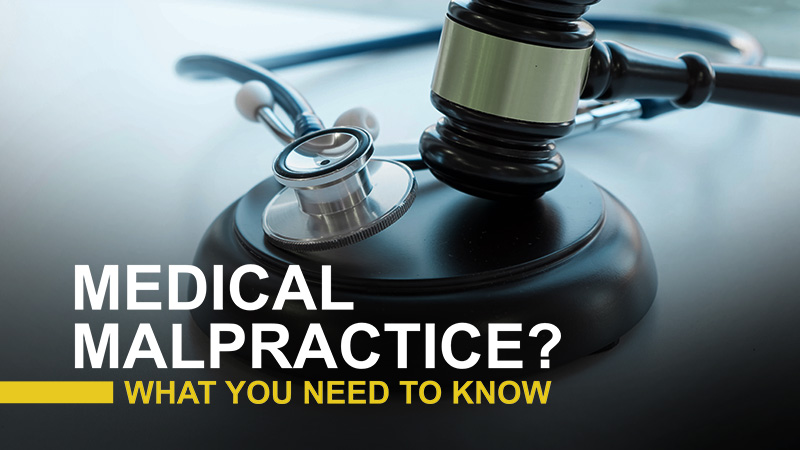
If you or a loved one have been involved in a birth injury accident, we’re here to help. At 877-Power-Law, our attorneys have decades of experience handling birth law cases and winning proper compensation for our clients. Below is a list of information you should know about birth law and medical malpractice.
The birth of a special needs baby who requires care specific to his or her diagnosis of erbs palsy, shoulder dystocia, cerebral palsy, or other disorder is overwhelming. Here are some website links with helpful resources for parents facing these challenges.
It is our experience that these specialty hospitals are the best in the country for the treatment of children with cerebral palsy and other birth related injuries:
Best Children’s Hospitals: U.S. News does an excellent job of researching and ranking the Best Children’s Hospitals by Specialty. 11,000 Pediatric specialists respond to a survey asking them where they would send the sickest children in their specialty. For the rankings see: https://health.usnews.com/best-hospitals/pediatric-rankings
Mayo Clinic: It’s pretty much universally accepted in America that the Mayo Clinic is one of the very top medical facilities. It is not surprising it also holds the highest regards for its cerebral palsy diagnosis and treatment. See:
https://www.childrensdmc.org/services/physical-medicine-rehabilitation
Helen DeVos Children’s Hospital is an excellent specializing facility on Michigan’s west side of the state. Its teams of neurologists, family practitioners, physical therapists and orthopedic physicians have created a fantastic team to help these young patients.
https://www.spectrumhealth.org/patient-care/childrens-health/neurosciences/cerebral-palsy
Spastic—Spastic is the most common form of cerebral palsy. It is often found with another type of cerebral palsy as well. People who are diagnosed with spastic cerebral palsy are hypertonic (have rigid, tense, or spastic muscles) and also suffer from a neuromuscular condition, which can affect different parts of the body, depending on each individual. Right-side brain injuries can affect the left side of the body and left-side brain injuries can affect the right side of the body. Also, lower limbs can be more affected than upper limbs, or vice versa. Finally, a person can suffer from “spastic quadriplegia”, which is a form of spastic cerebral palsy where all four limbs are affected.
Athetoid/Dyskinetic—This type of cerebral palsy affects people via “hypertonia.” Hypertonia affects a person’s muscles with increased rigidity, spasticity, and tension. If a person is affected by this type of cerebral palsy, they will often have problems sitting or walking, holding themselves upright, and have involuntary movements.
Ataxic—This is a less common type of cerebral palsy than spastic. In this case, motor skills (such as writing and dexterity) are affected. Often tremors occur with this form of cerebral palsy. A baby with Cerebral Palsy may suffer from ataxia, which is characterized by loss of coordination or balance.
Mixed—Mixed is any combination of the above types of cerebral palsy.
A condition is caused by an injury to the brachial plexus, which is a network of nerves that run from the spine to the tips of the fingers. Children with brachial plexus injuries are affected in different ways. Some children with Erbs Palsy have no muscle control and no feeling in the arm or hand. Some children can move their arms but have little control over the wrist and hand. Other children can use their hands well but cannot use the shoulder or elbow muscles.
Avulsion—The nerve is torn from the spine.
Rupture—The nerve is torn but not where it attaches to the spine.
Neuroma—Occurs where scar tissue has grown around the injury putting pressure on the nerve resulting in reduction of signals to the muscles.
Praxis—The nerve has been damaged but not torn. These injuries usually heal on their own within 3 months.
A birth injury that occurs when one or both of a baby’s shoulders are stuck inside the mother’s pelvis.
Skeletal injury—The clavicle is the most frequently traumatized bone during birth and may be fractured in about 15% of cases of SD. Thorough pediatric neurological examination is mandatory, as a concomitant brachial plexus injury may be present (20%). Both clavicular and humeral fractures have an excellent prognosis.
Maternal morbidity—A prolonged 2nd stage complication of shoulder dystocia often leads to significant blood loss (70%>1000ml). Vaginal and cervical lacerations may occur, and uterine rupture may follow erroneous fundal pressure.
Hypotonia—Also known as “floppy infant syndrome,” hypotonia involves decreased muscle tone. Infants with hypotonia seem floppy when held. Hypotonia is often a sign of a worrisome abnormality and may suggest the presence of central nervous system dysfunction, genetic disorders, or muscle disorders.